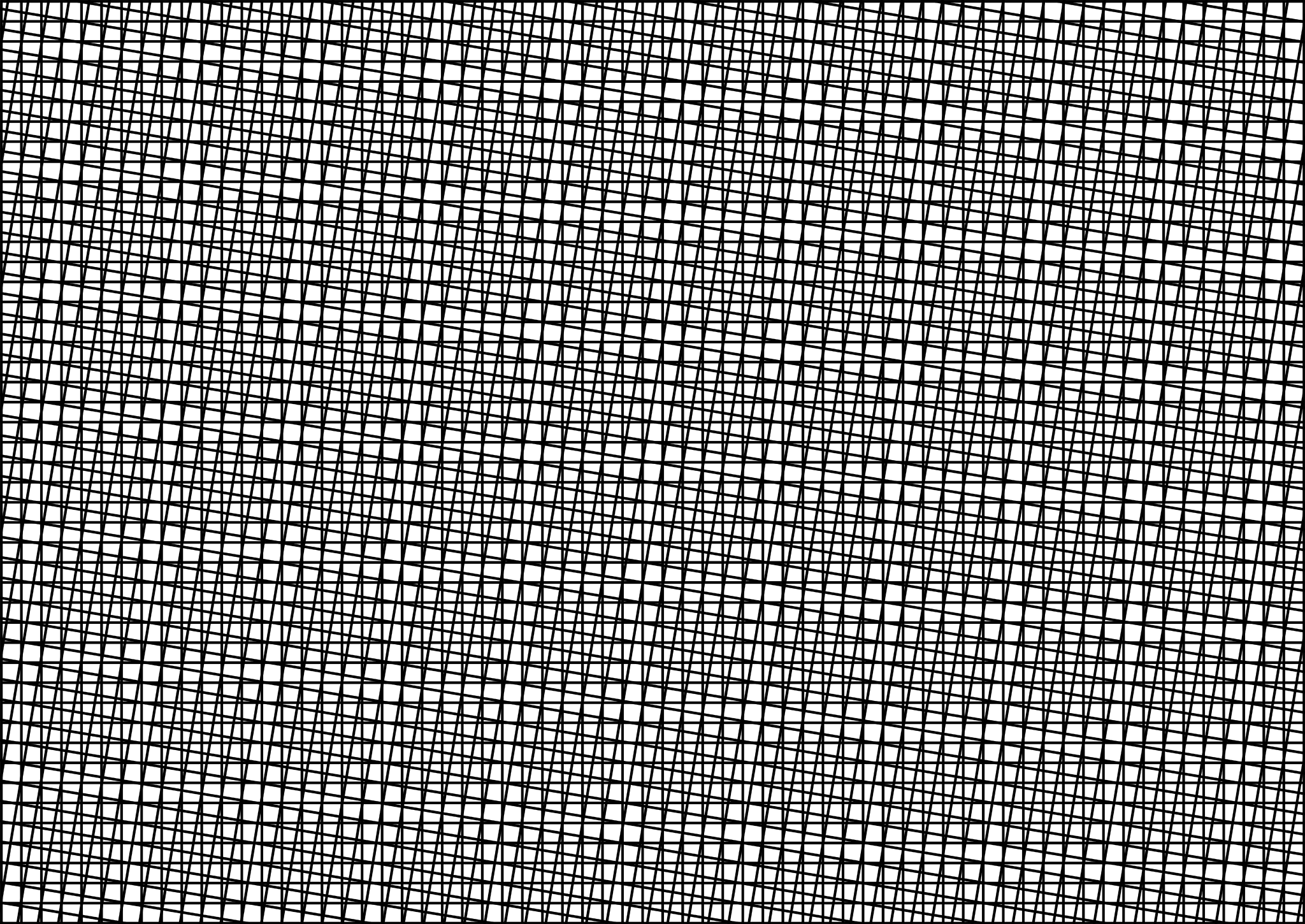I agree with ReplyToken (reply 1). This usually ends up in a debate with no real correct answer. In other forums this question has ended in name calling, bullying and moderators locking the threads. Fortunately folks around here seem a little more gentile in their responsesI started asking in the 400/4.5 thread. But I really want to dive in in this again.
I’m referring to the expensive quality ones.
Pro’s
1. It protects the lens should the lens fall.
2. It protects from UV & Haze.
Con’s
1. Its might interfere with the lens design and front element coating.
2. May rob some equity.
What’s your opinion?
With that said, I do use front filters on most of my lenses. I only use B+W. I've found them to have minimal to no impact on image quality. If I'm going to be shooting directly into the sun I can always remove the thing. The front filter probably saved me an expensive repair on a 200-500 Nikon lens. The camera/lens swung badly when I lost my footing hitting a piece of pipe rebar sticking out of a wall that I grabbed for balance. The steel hit the front of the lens shattering the filter but my lens front element was unharmed.
Freak accident? Sure. I kind of view them in the same light as I do insurance policies. I hate the expense, they can be a hassle at times, and it doesn't always work as planned, but I'm sure glad I have it when I need it.
Jeff



